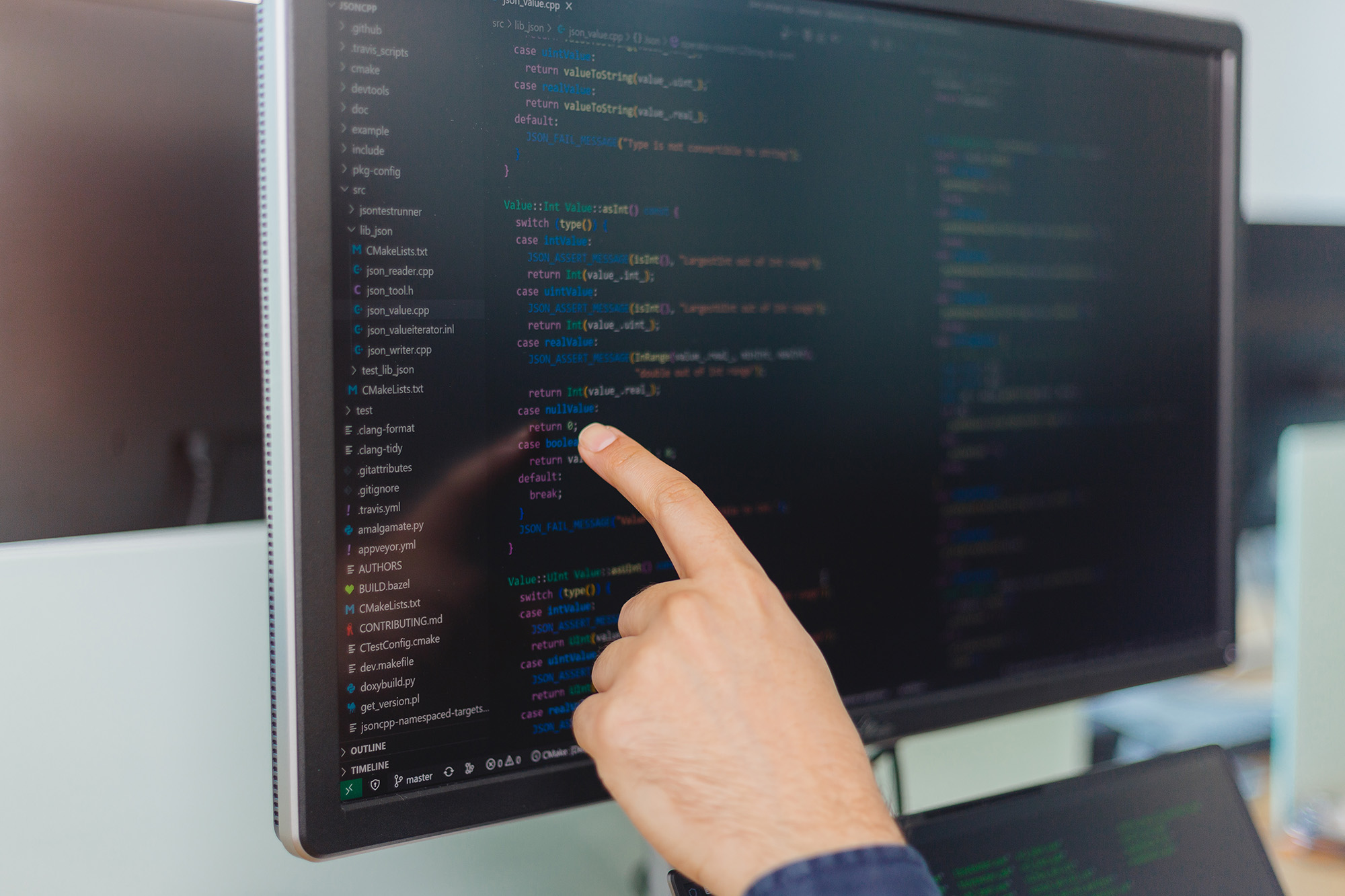Free Software and the democratization of the Internet

Free Software and the democratization of the Internet
September 15, 2023
Every year, on the third Saturday of September, Free Software Day is celebrated. Today, September 16th, we bring this topic up again to remind you of the advantages of using this type of software.
Created in 2004, Free Software Day is celebrated all over the world and aims to raise public awareness of the benefits of this type of software. Free Software, in its genesis, is based on the principle of democratizing the Internet and sharing knowledge to boost innovation.
Free Software is, therefore, seen as a movement, in which the figure of Richard Stallman stands out, author of the GNU Manifesto, published in 1985 and considered the starting point for the use of this software to be considered a philosophy of use of this software.
In this article, we will review what Free Software is and how the former can contribute to technological innovation.
Table of Contents:
What is Free Software?
When we talk about Free Software, we are talking about public domain programs whose source code is always available to users, allowing them to use it however they want.
That is, users are free to execute, study, change and distribute, as these softwares are not covered by laws related to copyright.
Being in the public domain, these types of programs are not paid for more basic use, making their access more democratic. Based on this principle, this software must provide users with 4 types of freedom: freedom to run the program, freedom to study and change the program, freedom to redistribute, and to distribute modified versions of the software.
As it is software that assumes users’ total freedom, and distribution is possible, this software contributes to a society that prioritizes the sharing of knowledge. For this reason, there are those who speak of Free Software as a Movement of solidarity between developers and IT engineers.
Examples of Free Software
The list of Free Software is extensive and, of course, there are programs that we have all experienced – from antivirus to search engines and other multimedia editing software. These are just some examples:
- Clam Win Free Antivirus – Effective antivirus with recurring updates.
- Mozilla Firefox – Highly customizable, fast search engine that efficiently protects users’ privacy.
- Audacity – Free audio recording, editing and mixing software.
- GIMP – Image editing program that allows you to create images from scratch, handle their composition and edit photographs.
- Blender – 3D modeling software that allows you to create endless animations.
- VLC Media Player – Plays media files in almost all formats.
How does free software contribute to innovation?
As a movement, Free Software encourages collaboration and sharing of knowledge. And, when there is collaboration, innovation benefits.
By allowing it to be changed and redistributed, this type of software allows users and developers to actively contribute to its improvement. This collaboration between the community leads to innovation in the characteristics and functionalities of a given program.
Furthermore, the fact that it is redistributed, and the source code is available to all users helps them to learn how the program was built and runs. This way, developers can gain more knowledge and apply it in other areas or in the construction of new software.
Free Software is also flexible, as it allows users and developers to make changes according to what they need at a given moment. These changes can be transferred to other platforms.
In addition to the latter, Free Software promotes cost-benefit for companies. With software that costs little or no money, this is a way of using a platform that is constantly being improved and of directing resources towards innovating company services or products.